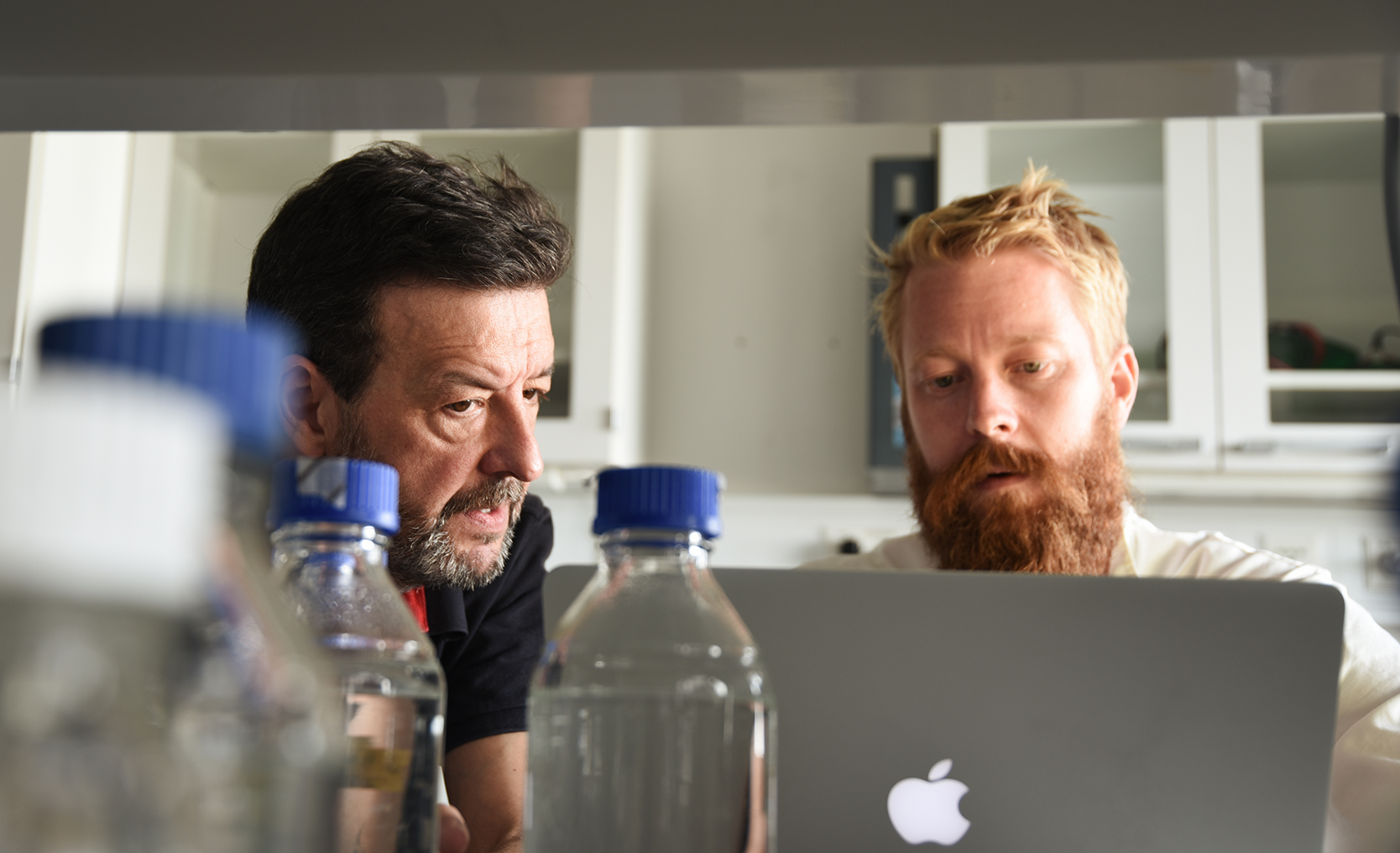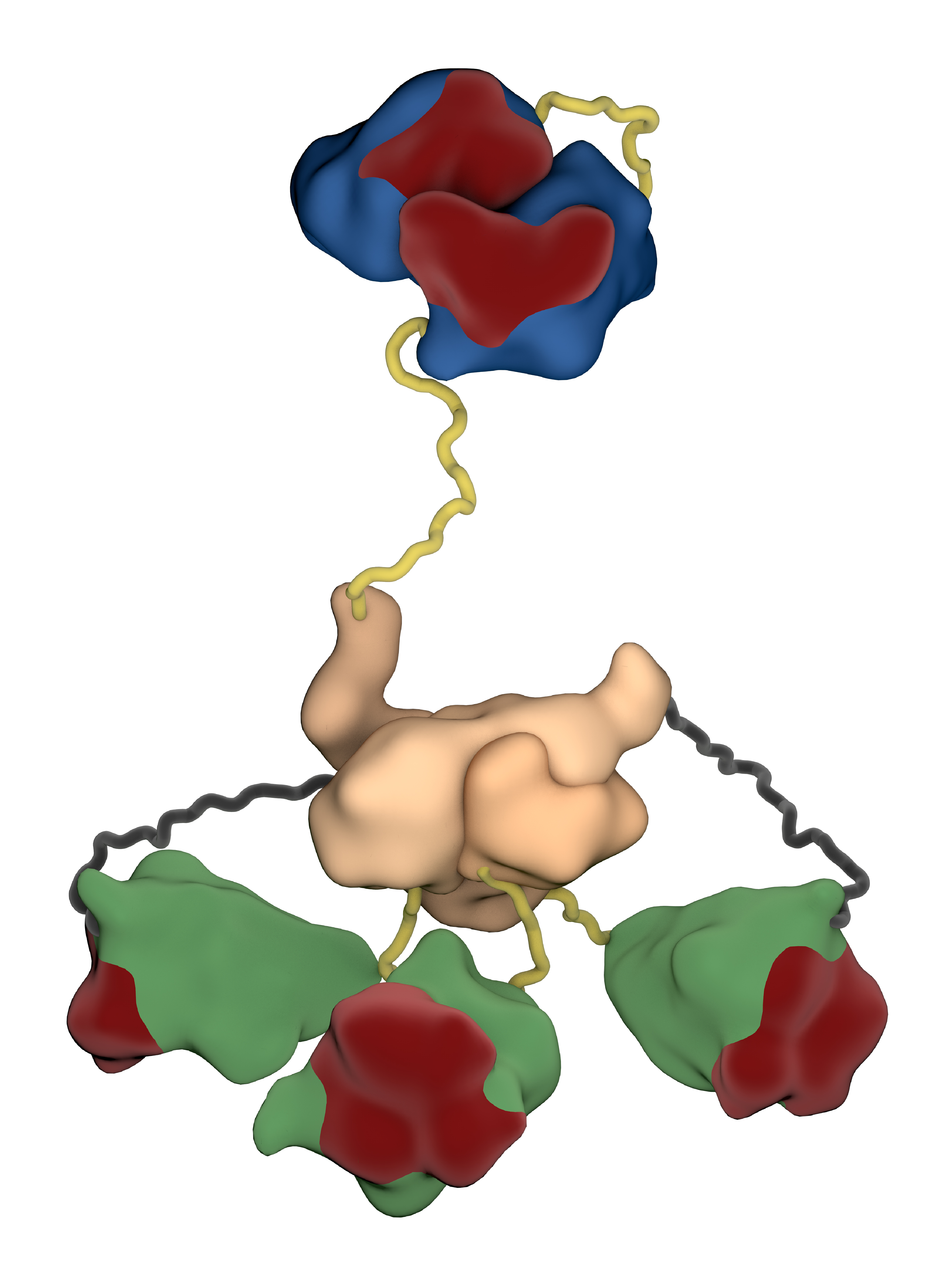Danish researchers invent anti-cancer molecule as a Lego kit
A new, smart molecule enables researchers to build exactly the antibody that works best for a given type of cancer. The researchers have high expectation for the molecule in future cancer treatment, as it also activates the body's own immune system against malignant cancer cells.


Imagine you had a molecule that could be assembled like a set of Lego bricks, but where each brick was instead an antibody, tailored to combat the very type of cancer that had spread.
This is exactly what a group of researchers from the Department of Engineering at Aarhus University has now developed: A new, smart antibody molecule, which has wide-reaching possibilities for future cancer treatment, and which has already proved to be very effective in trials.
The molecule is called the ATTACK, and it is primarily effective because it can be assembled precisely according to the antibodies that work best against the type of cancer to be treated.
In this way, the researchers can build up the molecule, just like assembling a set of Lego bricks. But instead of choosing colours for the Lego building, the researchers choose specific antibodies, depending on what works best for a given type of cancer.
"This is the next generation of cancer treatment with bispecific antibodies. We’ve developed an antibody which is very effective in finding cancer, and which binds very strongly to the cancer cells and stimulates an immune response from the body's own immune system. And at the same time, you can change the antibodies in the molecule itself, which means that it is very simple to target other forms of cancer," explains Luis Álvarez-Vallina, associate professor at the Department of Engineering.
ALSO READ: Danish researchers behind new treatment for heart-valve patients
The so-called bispecific antibodies are a rather new type of immunotherapy. Antibody molecules aim at two types of cells; cancer cells and the body's own immune system: T-cells which kill unwanted cells. The bispecific antibody thus tells the body's immune system that it must kill the specific cell by activating the T-cell defence mechanism.
But where the 1st generation of bispecific antibodies could have very serious side effects, the new ATTACK molecule is far safer. It is necessary to be 100% sure that the molecule binds to a cancer cell, because if it instead orders the T-cells to attack one of the body's normal cells, it may have a potentially fatal effect on the body, explains Luis Álvarez-Vallina:
"The immune system is a very effective weapon, and we must therefore be very careful when activating it. We’ve developed ATTACK in such a way that it does not have the same problems as the 1st generation of bispecific antibodies. ATTACK is extremely specific with regard to recognising tumour cells, and being able to replace the antibodies in the molecule is a huge advantage for cancer treatment."
ALSO READ: New technology to minimise the risk of premature birth
The new ATTACK molecule is built up around a so-called trimerisation domain which, in principle, is the key Lego brick on which other bricks can be built. At one end, the domain has three antibodies, each of which is intended to bind to cancer cells. In addition, at the opposite end, the domain has an immune-stimulating antibody which captures the T-cells. The architecture of the molecule has been specifically prepared so that it binds to the surface of cancer cells in the best possible manner.
"ATTACK is a modular system with which, via DNA sequencing, we can control how we build and where we can build new specifications at the ends. This means that we can change the antibodies. In this way, it works just like Lego bricks, where we can build the antibody that we want with the specific characteristics that we want," says Simon Lykkemark, a postdoc on the project.
He explains that the structure of the molecule makes a strong bond to cancer cells:
"Each antibody has one bond strength, and the more antibodies we use, the better the antibodies bind to the cell. It works like Velcro - the more hooks that grab the loops, the better it holds."
ALSO READ: Dean: "Education will solve the UN development goals"
Moreover, he explains that the ATTACK molecule is not physically larger than normal antibodies, which makes it easier for the antibody to reach relatively inaccessible places in the body, such as tumours.
Luis Álvarez-Vallina is convinced that the new ATTACK molecule is a big step forward in cancer treatment without chemotherapy or radiotherapy.
"Immunotherapy is simply a far more efficient way to combat cancer," he says.
Contact
Associate professor Luis Álvarez-Vallina
Phone.: +45 23823077
Mail: lav@eng.au.dk
Postdoc Simon Lykkemark
Phone.: +45 21675351
Mail: simonl@eng.au.dk
